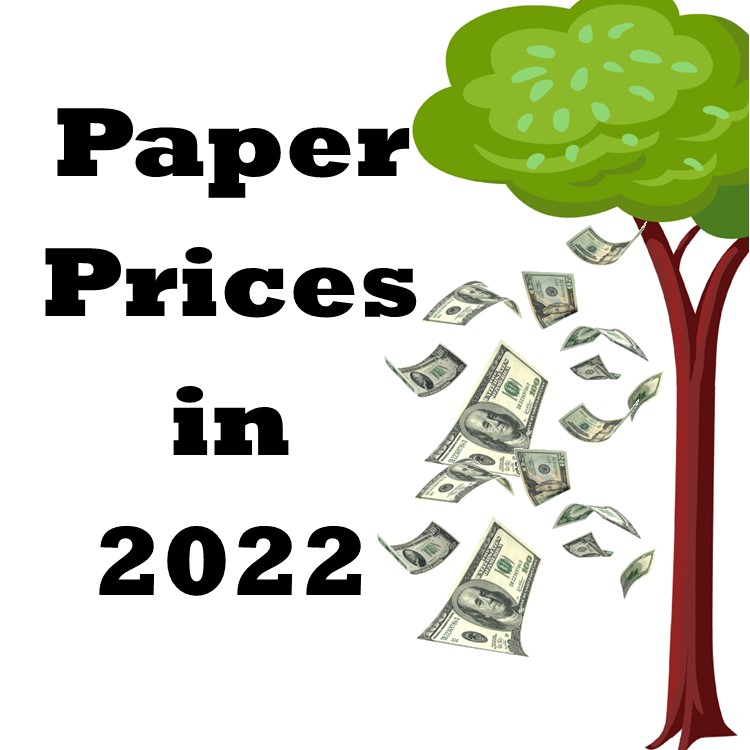Printers and mailers faced never seen before events which had an industry wide impact on raw material, paper, and transportation supplies last year.
The February Gulf Freeze drove force majeure declarations across many industries and raw material shortages extended into the fourth quarter. Prices rose between 4% – 10% in 2021.
Meanwhile, paper demand increased between 5% – 10% year-over-year for white paper products. Pulp prices rose 40% over the previous year, and paper price increases ranged from 7.5% to 20%.
Then transporting materials became an issue as the national Load-to-Truck Driver Ratios reached as high as 12 loads to 1 driver.
Crude oil prices rose 128% driving up the cost of diesel fuel for long haul trucking. Even container shipping costs increased by nearly 195% over the past year as supplier surcharges were introduced to cover the rising costs.
In October, the Labor Department reported that more than 11 million open jobs existed in the U.S., the highest level ever, with over one million more jobs than unemployed people.
The struggle with higher costs coupled with the search for paper availability and slower delivery times made Q4-2021 a real challenge.
We anticipate that in 2022, speed optimization will become a hot selling point, as businesses look for ways to offset rising postal costs and delivery service downgrades. Collaboration between Sales, Operations, and the Supply Chain becomes crucial to ensure the timely delivery and accurate management of paper and other key materials for production of direct mail projects.
Paperboard is expected to account for two-thirds of the global paper output by the end of 2022. That’s up from 50% before COVID-19.
As market demand for cartons and other paperboard products dramatically increase, white paper product manufacturing declined. Coated freesheet volumes are down 48%, and uncoated freesheet dropped 12% since 2017.
Online paper purchases continues to grow as does the demand for packaging products. Online sales of pulp and paper products are growing at record speeds, more than 15% of sales in the United States is expected to occur online in 2022.
Q4 challenges aren’t going away into the new year. Paper mills are projecting continued allocations and limited supplies well into 2022. As paper mills work to replenish inventories and demand levels off, most experts anticipate some relief after the second quarter, with pulp and wood prices likely to moderate.
Supply chain issues are also expected to continue into 2022, including:
- Inflation driven by ongoing disruptions in paper and raw material availability and uncertainties across transportation sectors. Pitney Bowes is projecting that global shipping volume will surpass 100 billion parcels in 2022
- Labor shortages resulting from increases in the remote workforce and employees transitioning to higher paying jobs
- Demand uncertainty caused by rising global demand with dramatic changes in consumption as consumers shift focus to the purchase of products instead of services
Increased awareness of market conditions and a rise in focus at executive and board levels will allow companies to better navigate the supply chain challenges in 2022. In addition, changing analytic capabilities are driving dramatic improvements in the management of supply chain shortcomings.
Heightened consciousness of corporate social responsibility is creating pressure on supply chain leaders to rethink how they operate. After the shortfall in the 3rd and 4th quarters of last year, many companies are reconsidering supply sources, as they look to shift from global suppliers to local or regional instead.
No one has any idea when exactly this paper shortage will end. However, efforts are ongoing to strengthen and expand supplier relationships as we prepare for the busy seasons of 2022.

